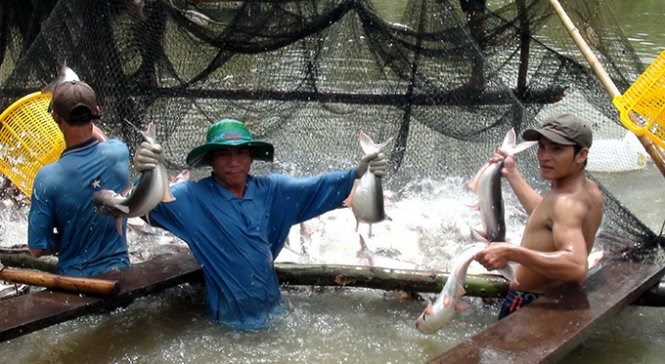A representative from PanNature suggested clearly defining the non-profit status of science and technology organizations to facilitate research, technology transfer, and application. This clarity would also enhance international collaboration and attract funding.

Vietnam’s Mekong Delta ‘doomed’: conservationists
Vietnamese environmentalists say the hydropower race unfolding on the lower Mekong River will destroy the delta’s downstream economy.
Experts at a Tuesday conference in the Mekong Delta province of An Giang called the dams “bombs” looming over millions of people, Tuoi Tre (Youth) newspaper reported.
PanNature, a Hanoi-based environmental group dedicated to protecting and conserving diversity and human well-being in Vietnam, called the conference as China began work on 15 hydropower projects on the river, where Laos, Thailand, and Cambodia have planned another 11, the paper said.
Le Anh Tuan, an expert from Can Tho University in the eponymous city, said that under normal conditions, the dams will severely affect the region’s rice paddies and aquaculture which are its major strengths.
“The damage will have a domino effect on other economic activities,” Tuan said.

A study by the Mekong River Commission, a regional body established to coordinate dam projects on the Mekong River, presented at the conference suggested that the dams will change currents on the river and hamper its biodiversity.
Swamps will shrink and several species will lose their migration channels.
Nguyen Huu Thien, a senior advisor to the commission, said the delta will lose 220,000-440,000 tons of migrating white fish a year, creating an annual loss of up to US$1 billion.
That extinction will in turn result in the disappearance of black fish predators as well as saltwater fish in the area, and create a shortage of feed for aquaculture farms, Thien said.
He said the loss of fish alone outweighs the benefit the dams offer–a few million dollars a year each.
The amount of alluvium flowing downstream will drop, increasing risks of erosion and fertilizer costs to farmers, the experts said.
Floods will become irregular and the dry season will become harsher–exacerbating the salinization of aquifers.
The worst case scenario they discussed involved is a dam breach.
Thien said that once one dam in the line breaks, the rest will follow.
Dao Trong Tu, director of the Center for Sustainable Water Resource Development and Climate Change, said the dams will store a total of 30 billion cubic meters of water.
For example, water from Cambodian Sambo, which is more than 18 kilometers across and 56 meters tall, will “flatten” the region.
The scientists said any damage, whether the dams breach or not, will be irreversible, and 60 million people along the river basins will be doomed.
Tuan said the dams will dash every hope the region has to mitigate climate change.
“Climate change is hard enough to cope with as is… Now with the added burden of upstream dams, I must say, there aren’t any ways left to save us.”



